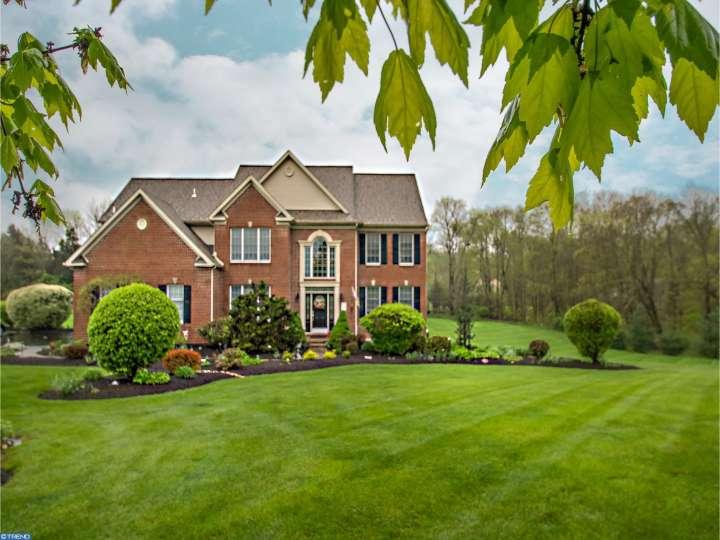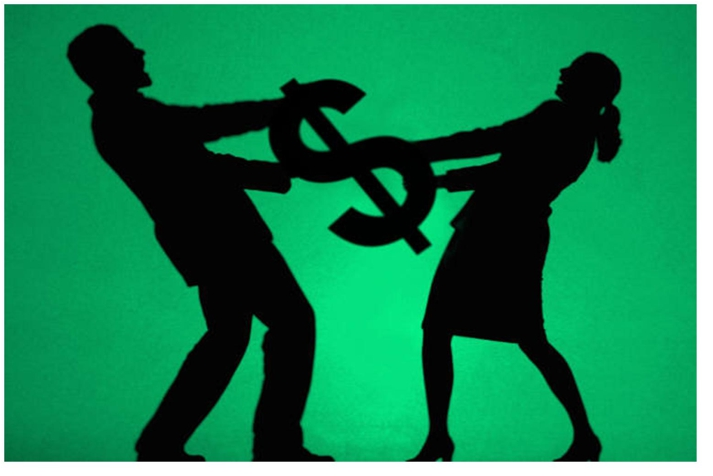You’ve probably heard stories about people who own attractive four-bedroom homes but struggle to afford their credit card bills, utilities, or even their weekly groceries. Unfortunately, this scenario is more common than you might think, and it’s referred to as being “house poor”. It typically occurs when homeowners spend a large proportion of their income on their mortgage, and cannot comfortably make ends meet when it comes to other expenses.
The common rule of thumb is that a mortgage payment should be no more than 28-33% of a borrower’s monthly income. In actuality, though, many buyers put 40% (or more!) of their paycheck towards their mortgage. And to be fair, it’s not usually due to the lender pushing a borrower in over their head, nor is it necessarily due to poor planning on the buyer’s behalf.
Often times, this imbalance is due to an unexpected reduction in monthly income (whether it’s due to unemployment or a job change) or because the home’s maintenance of upkeep became too costly. Not only can being “house poor” take its toll mentally, but it can also result in a lower credit score and difficulty refinancing or selling.


